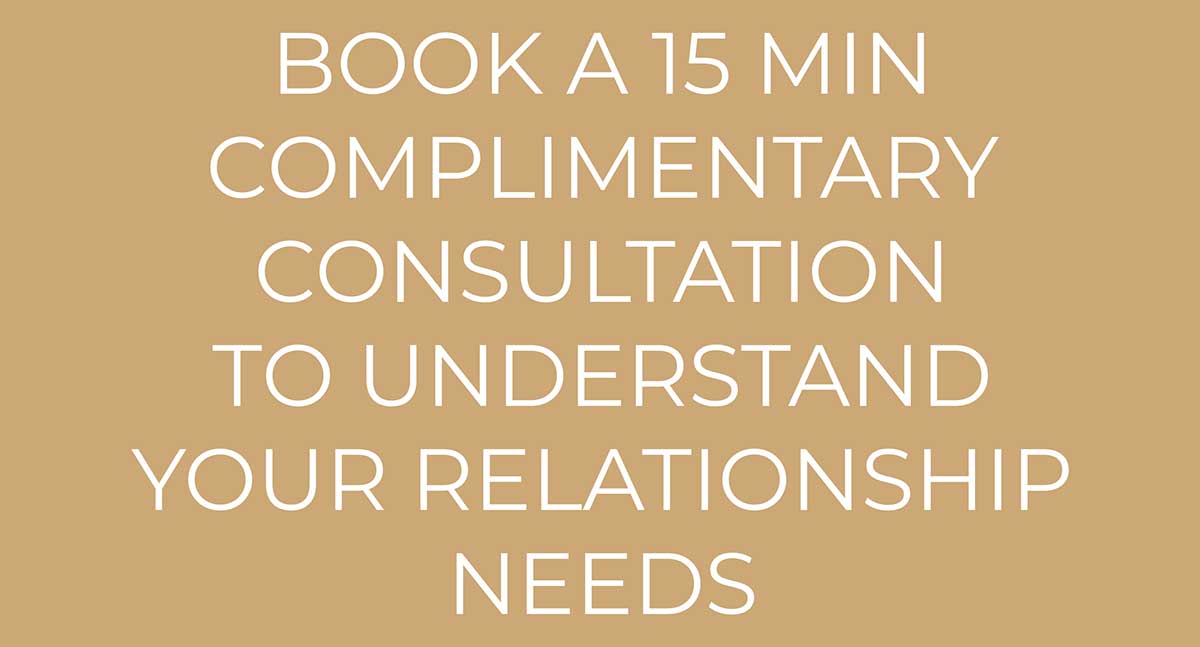
EMDR stands for Eye Movement Desensitization and Reprocessing. It is one of the effective techniques used to treat trauma, post-traumatic stress disorder, and other emotional distresses. EMDR helps people to heal from symptoms and emotional distresses that are a result of traumatic experiences in the past. It helps to lessen the impact of memories or traumatic experiences on an individual.
Defining EMDR
EDMR uses rhythmic left-right (bilateral) brain stimulation as a method to treat people suffering from trauma and emotional distresses. It focuses directly on the traumatic memory or event and intends to change the way the memory is stored in the brain and body which will result in healing. Bilateral stimulation while focusing on the traumatic event will reduce the memory’s emotional impact. After multiple sessions, the fear and pain get alleviated and the negative response to the memory is reduced.
EMDR was developed by Francine Shapiro in the 1980s as a treatment for curing post-traumatic stress disorder. It is a method that combines multiple theories of psychotherapy, coaching and includes concepts from cognitive behavioral therapy as well.
How does EMDR work?
As per EMDR, the mind can heal from psychological trauma as much as the body heals from physical trauma. For example, if you get a cut on your hand, the body will work to heal the wound. The healing may stop when a foreign object irritates the wound and resumes when the object is removed. Similarly, the human brain naturally works towards attaining mental health. However, when a traumatic event or disturbing incident occurs, the system gets blocked leading to intense suffering and emotional distress. Therapists and coaches who follow the EMDR method aim to help clients remove the block so that the natural healing processes get activated.
The Eight Phases of EMDR
EMDR is delivered by qualified professionals and it extends for a period of 6-12 weeks. It is typically divided into eight phases which cover the past, present, and future. The eight phases are as follows:
Phase 1 – History Taking
In the first phase, the practitioner and client will review the history to identify the potential traumatic memories in the past. This phase helps the client to gain insight into their situations and the reason behind the emotional distress. The discussions will include analyzing painful memories, past events, and other traumatic experiences. It will also go through the current emotional phases the individual is going through. Based on the history, the practitioner and the client will work together to develop a treatment plan.
Phase 2 – Preparation
EMDR aims to produce rapid and effective change while the client maintains equilibrium throughout the sessions. During the second phase of treatment, the practitioner will teach the client different stress reduction techniques which will help them during and between the sessions. The second phase aims at ensuring the client has several different ways of handling emotional distress.
Phase 3 – Assessment
In this phase, the EMDR practitioner will support the client to select one of the targeted memories from those listed down during the first phase. Also, they will ask to identify several components of that targeted memory. For example, they may recollect a mental image related to the memory, related emotions, body sensations, etc. The practitioner may ask the client to identify a belief related to the mental picture of the memory.
Phase 4 – Desensitization
EMDR aims to break associations that exist between certain memories and negative symptoms. In the next phase, the practitioner will lead the client through stimulation sets which will include eye movements, tactile taps, auditory tones, etc. The client will be asked to clear the mind and discuss different insights, associated thoughts, memories, feelings, images, etc., after each stimulation set. The next stimulation set will focus on the negative sensations the client faces. The process will continue until the targeted memory doesn’t distress the client.
Phase 5 – Installation
The fifth phase of EMDR aims at strengthening the positive beliefs the client has identified earlier. Once the individual stops experiencing distress related to the target memory, the practitioner will encourage the person to focus on the positive belief. And the stimulation sets will be carried out while thinking of the target memory and positive belief.
Phase 6 – Body Scan
This phase is to identify any residual stress after the client has strengthened the positive belief. The practitioner will ask to note the physical responses while thinking of the targeted memory and positive belief. If required, stimulation sets will be carried out again until the tension gets resolved.
Phase 7 – Closure
In this phase, the practitioner will ask the client to keep a journal during the week. This aims to remind the client about self-calming activities that have been discovered and developed during the second phase.
Phase 8 – Reevaluation
The final session is aimed at examining the progress made and to discuss the current, general, psychological state of the client. It will evaluate whether the self-calming techniques and treatment have given the desired benefits, or whether more work is required.
Summing up
EMDR is one of the most effective treatment methods for trauma or emotional distress. Through the eight phases of EMDR, one can identify, challenge, and change negative thoughts and improve self-esteem. It works by targeting the distressing memories and negative thoughts in an individual’s mind. It helps to reduce the symptoms of depression and anxiety in people struggling with traumatic events of the past.
Although EMDR was developed for treating post-traumatic stress disorder, it is now used for a huge number of issues such as panic attacks, chronic pain, addictions, phobias, goal setting and much more. It can be used on its own or in combination with other forms of therapy, coaching or approaches like cognitive behavioral therapy. One of the major advantages of EMDR is that it gives fast results. It is a safe technique when it is used appropriately under the guidance of a professional.



